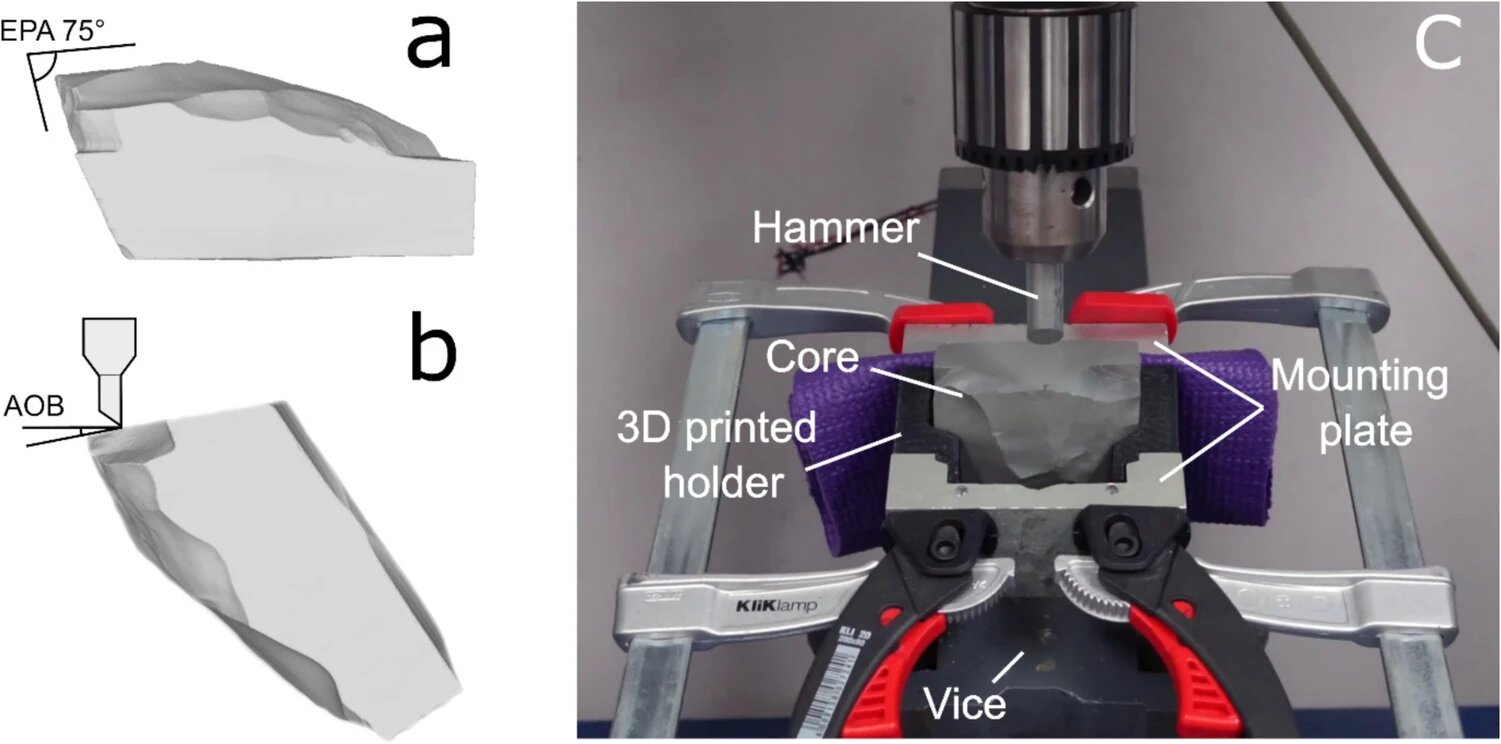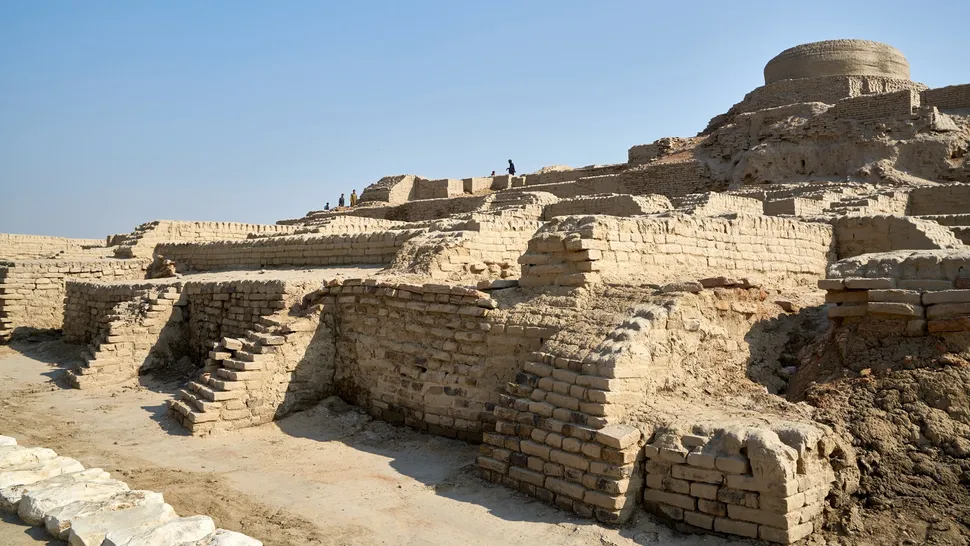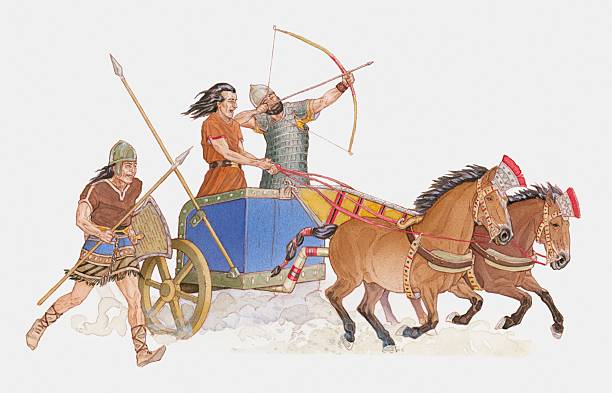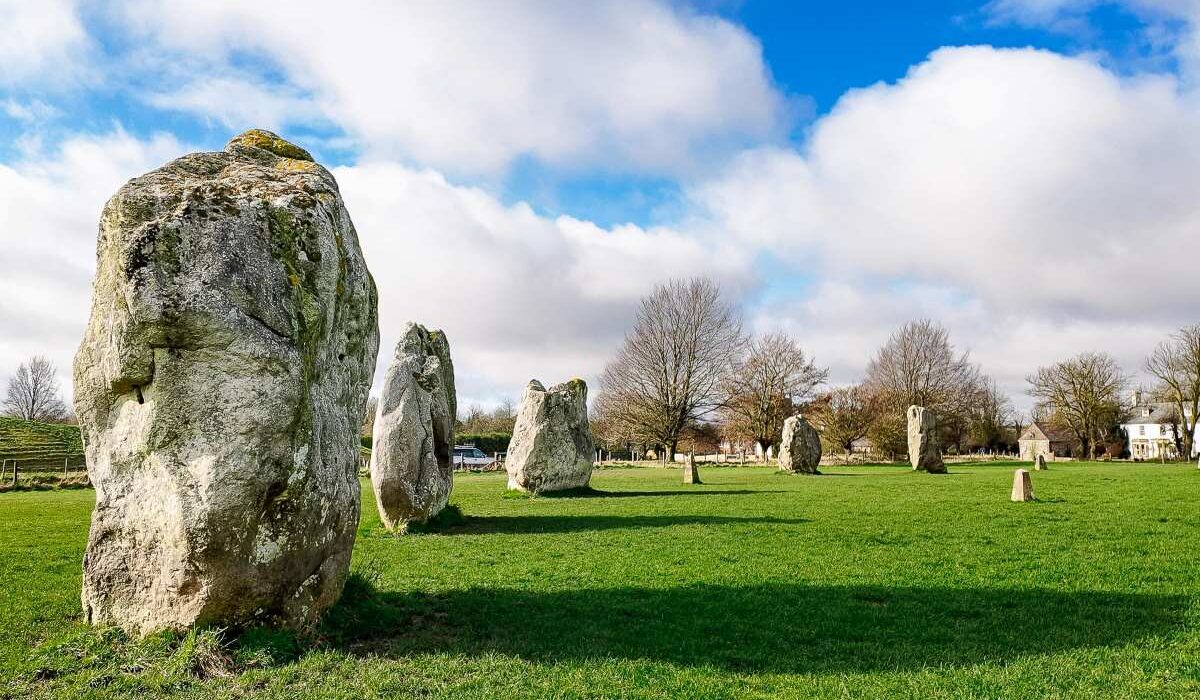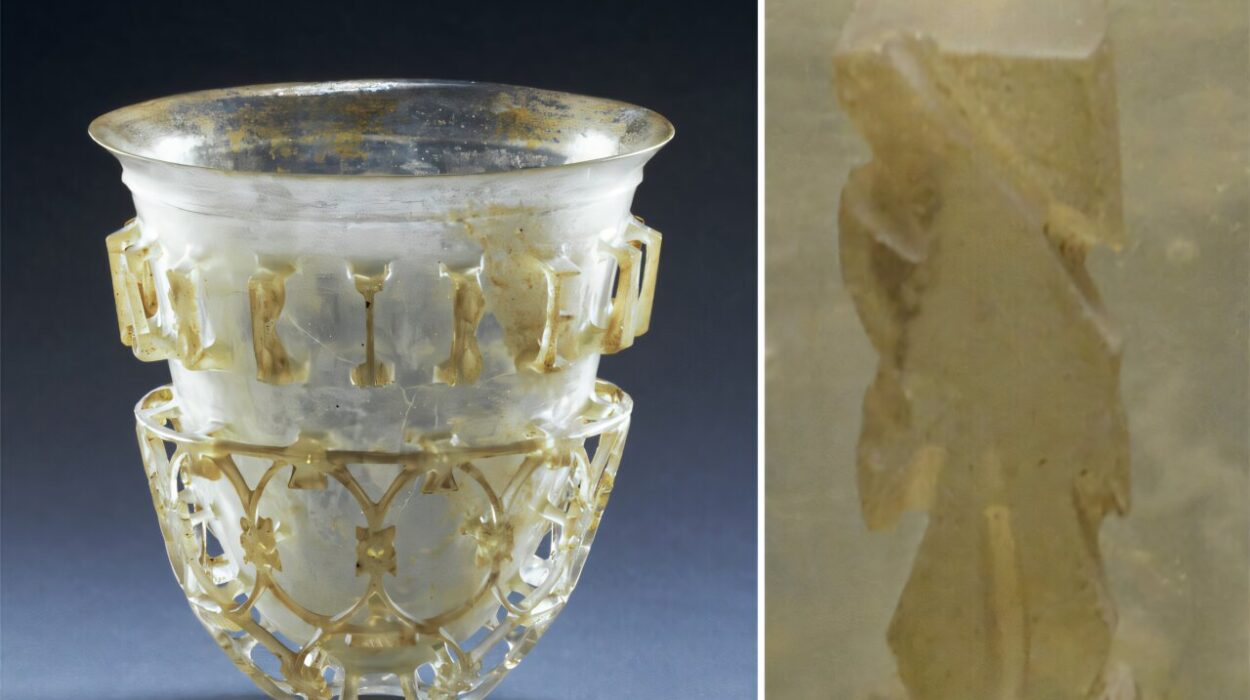In an illuminating new study published in Archaeological and Anthropological Sciences, researchers from the University of Wollongong have shattered long-held assumptions about Neanderthal toolmaking. The study provides compelling experimental evidence that the angle at which a hammer strikes a stone core—the so-called “hammer strike angle”—has a profound influence on the morphology and trajectory of resulting flakes. This subtle detail, often downplayed or dismissed in dominant fracture models, may in fact be a key to understanding the advanced cognitive and motor skills of our early relatives.
These findings challenge a widely accepted theory that credited the physical structure of the stone core—its geometry and internal stiffness—as the primary drivers of flake formation. Instead, this study suggests Neanderthal knappers were not merely responding to the constraints of the rock, but actively adjusting their technique to produce desired outcomes. Such control hints at a level of planning, motor coordination, and cognitive flexibility previously underappreciated in Middle Paleolithic toolmakers.
The Levallois Method: A Window into the Neanderthal Mind
To appreciate the significance of this discovery, we must first revisit the Levallois technique—a stone flaking method that stands as a hallmark of Middle Paleolithic culture. First appearing in the archaeological record between 200,000 and 400,000 years ago, the Levallois method involved the deliberate preparation of stone cores to produce flakes of predetermined shape and size. These flakes served as blanks for a range of tools, including scrapers, points, and cutting implements.
The process required not only a deep understanding of the material properties of the stone but also an ability to visualize the desired outcome before striking. This level of abstraction—manipulating a core to prepare it for a flake that didn’t yet exist—has been widely cited as evidence of higher-order thinking. Some anthropologists have even suggested it implies the presence of language and cultural transmission, as the technique was shared and replicated across generations and continents with remarkable consistency.
Traditional Fracture Models: A Core-Centric View
For decades, researchers attempting to understand how Levallois flakes formed focused heavily on the geometry of the stone core. The dominant model posited that the shape and stiffness of the core determined the trajectory of the fracture, with minimal influence from the angle or style of the hammer strike. According to this theory, conchoidal fracture—a predictable, curved break commonly seen in glass and flint—propagates as a wave through the stone, guided and corrected by the core’s internal resistance.
In this view, flakes were the inevitable result of well-prepared cores, and toolmakers simply had to strike hard enough to initiate the break. But this theory left little room for nuance. Could it be that early hominins actually varied their hammer strike techniques to achieve specific goals?
A Radical Reassessment Through Experimental Archaeology
Enter the team from the University of Wollongong, who set out to test the assumption that strike angle plays little role in flake formation. Their experimental design was both simple and sophisticated. They created 20 standardized Levallois-like cores using soda-lime glass—a homogenous material that fractures similarly to natural stones. These cores were designed to replicate the dimensions and contours of authentic archaeological finds and were shaped with precision using a four-axis automated milling machine.
The researchers then mounted each core in a custom 3D-printed holder and delivered strikes at three different angles: 0°, 10°, and 20°, using a pneumatic system that ensured consistent force. The striking surface—also known as the platform—was adjusted to a uniform 75° ±1° using a diamond saw. This meticulous control over variables allowed the team to isolate the effect of strike angle with an unprecedented level of accuracy.
Measurable Differences in Flake Morphology
The results were striking—literally. Flakes produced at a perpendicular angle (0°) were consistently larger, heavier, and thicker than those struck at oblique angles. Median fracture trajectory angles varied with strike angle, ranging from 116° at 0° strikes to just 103° at 20° angles. This trajectory angle correlated strongly with flake length, suggesting that the angle of the blow directly influenced how deeply the fracture propagated through the core.
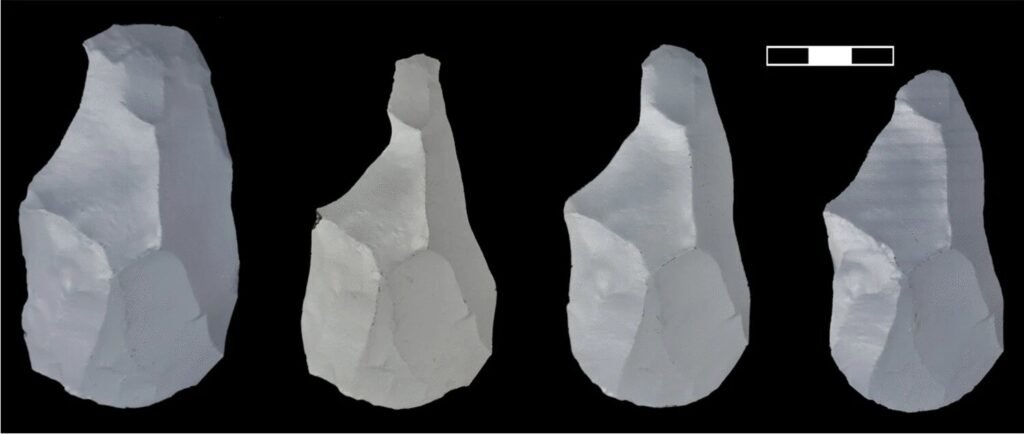
Furthermore, flakes struck at higher angles exited the core earlier, producing narrower, more pointed forms. In contrast, low-angle strikes allowed the fracture to follow the carefully prepared contours of the core, interacting more fully with lateral and distal convexities. This led to broader, more evenly thickened flakes—precisely the type most prized by toolmakers.
General linear modeling showed that both platform depth and strike angle independently affected flake length, width, and weight. Notably, flake thickness showed a significant interaction between platform depth and strike angle, indicating a complex relationship between the point of force application and the resulting morphology.
Cognitive Implications: Beyond Mechanical Models
This study doesn’t just upend an old fracture theory—it reshapes our understanding of Neanderthal behavior. If early humans were adjusting their strike angles to influence flake size and shape, they were engaging in real-time decision-making that required advanced motor control and spatial reasoning.
Selecting a low-angle strike, for instance, required greater force and carried a higher risk of failure. This implies a deliberate trade-off between effort and reward—a hallmark of intelligent behavior. Moreover, the ability to anticipate how a slight change in strike angle would affect the final product suggests a refined sensory-motor skillset and possibly even a conceptual framework for toolmaking.
Such abilities may have evolved alongside, or even facilitated, other complex behaviors such as symbolic communication, group teaching, and long-term memory retention. In other words, the simple act of striking a stone may have served as a cognitive training ground for the kinds of intelligence we now associate with modern humans.
A Broader Behavioral Repertoire
The significance of this discovery goes beyond flint knapping. It adds to a growing body of evidence that Neanderthals were not cognitively inferior brutes but capable, adaptive beings with a sophisticated behavioral repertoire. Their toolkit wasn’t just a collection of objects—it was an extension of their cognitive architecture.
By varying their hammer strike angle, Neanderthals demonstrated:
- Anticipatory planning: adjusting technique for specific outcomes.
- Motor coordination: controlling force and direction with precision.
- Risk assessment: balancing effort against the potential value of a flake.
- Responsive learning: adapting techniques across different materials or contexts.
These traits closely align with what modern neuroscientists consider key components of executive function. In fact, the Levallois method might be thought of as a kind of “cognitive exercise” in motor planning and real-time feedback processing.
Beyond the Core: Rethinking Toolmaking as Embodied Intelligence
What this study suggests is that toolmaking was not just about shaping stone—it was about shaping thought. The physical act of striking a core encoded a wealth of cognitive processes, from the abstract (imagining a future flake) to the practical (delivering the right force at the right angle). This embodied intelligence—rooted in the coordination between mind and body—may have laid the foundation for later symbolic thought, including art, language, and social rituals.
The implications also extend to our interpretation of archaeological artifacts. If small changes in strike angle can lead to substantial differences in flake morphology, then variability in tool forms might reflect behavioral choices rather than random noise or raw material constraints. What we once viewed as static traditions may, in fact, have involved continuous experimentation and refinement.
Conclusion: A New Chapter in Human Evolution
The University of Wollongong’s experimental findings open a new window into the cognitive world of Neanderthals. By showing that hammer strike angle plays a significant and measurable role in flake formation, the study not only challenges long-standing fracture models but also elevates the status of early hominin toolmakers as thoughtful, adaptive, and skilled artisans.
In an age where every strike of a hammer was a gamble, Neanderthals were not rolling the dice blindly. They were calculating the odds, adjusting their techniques, and crafting their tools with an expertise that speaks to the depths of their intelligence.
Their legacy is not just the tools they left behind—but the subtle decisions embedded within them.
Reference: Sam C. Lin et al, Controlling Levallois: the effect of hammer angle of blow on Levallois flake morphology and fracture trajectory, Archaeological and Anthropological Sciences (2025). DOI: 10.1007/s12520-025-02222-6
